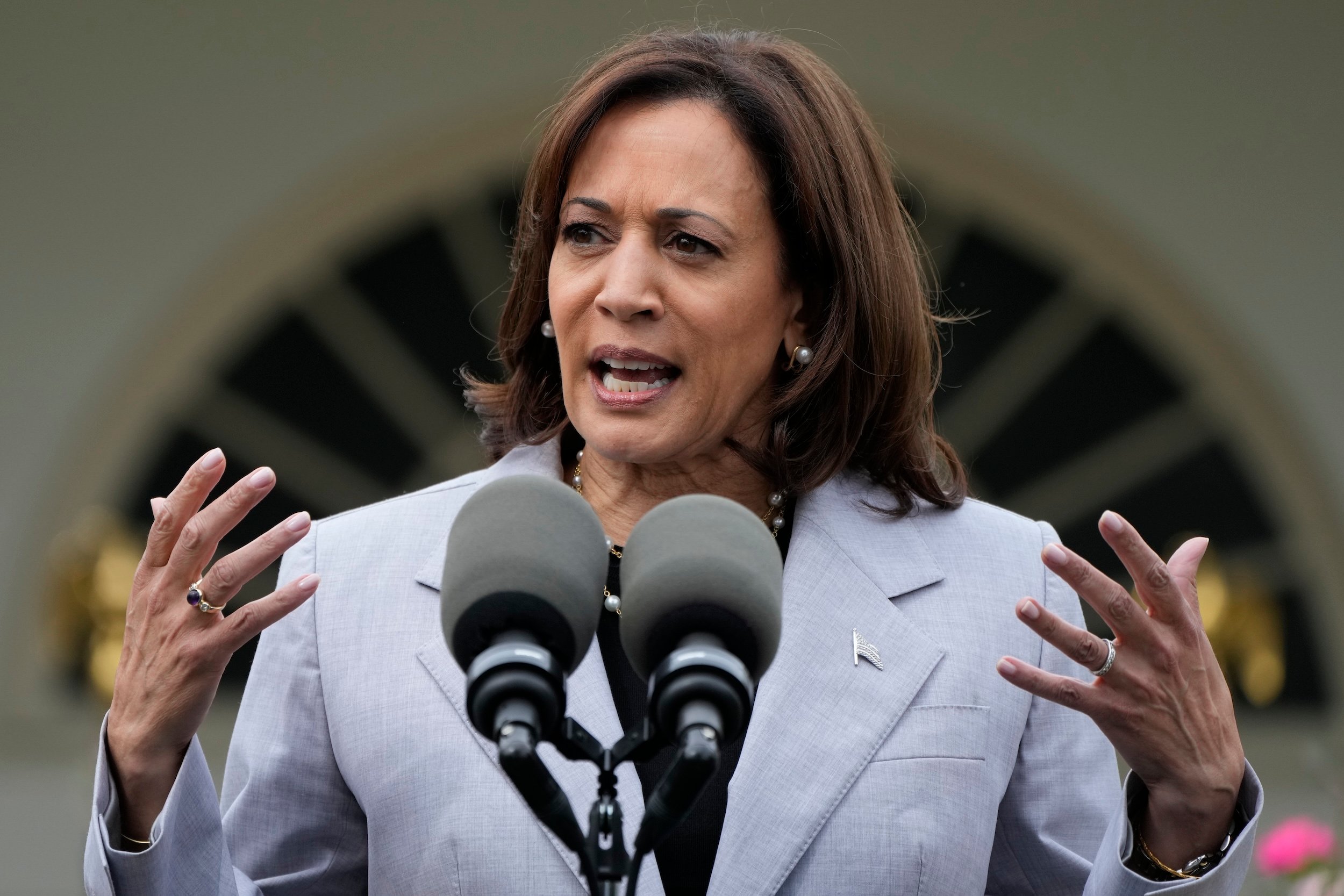What To Know Today
NEW from THE TRACE: ATF data suggests link between pandemic gun sales and increased violence. Many have speculated in recent months about whether the surge in gun buying during the pandemic was a factor in the wave of violent crime last year, or merely coincided with it. In an analysis of new ATF data, Champe Barton shows that in 2020, police recovered almost twice as many guns at crime scenes within a year of their purchase than in 2019. Law enforcement officials generally view a short “time-to-crime” as an indicator that a firearm was purchased with criminal intent. Altogether, more than 87,000 such guns were recovered in 2020, almost double the previous high. And almost 68,000 guns were recovered in 2020 with a time-to-crime of less than seven months (meaning they were less likely to have been purchased the previous year). “Overall, I think we can say that the gun sale surge may have contributed to a surge in crime,” said Julia Schleimer, a researcher in the Violence Prevention Research Program at the University of California, Davis, after reviewing the numbers we found. You can read that story, a partnership with FiveThirtyEight, on our site here.
Firearm policy experts find common ground on guns and suicide. Fourteen experts drawn from an array of ideologies and sectors — public health, gun reform and gun rights advocacy, suicide prevention advocacy, the gun industry, academics, and public policy — met over the course of a year to hammer out prevention steps that could address the crisis of gun suicides, which account for approximately 60 percent of all gun deaths annually. “We believe it’s important that this group states loudly and clearly: suicide deaths by firearm are not inevitable,” they write in the final report released this week. Among the recommendations:
- The whole nation needs new education campaigns around lethal means and suicide, including a diverse mix of credible messengers and buy-in from the firearms industry.
- Public and private organizations must fund deeper research into existing suicide prevention strategies.
- The organizations that do focus on gun suicide prevention should take center stage, and funders should support both their work and research into its effectiveness.
- Groups from many sectors and on opposite sides of the gun debate should keep meeting to talk through and pursue effective solutions.
“Our group sought not to stigmatize or blame but to build understanding among gun owners and non-gun owners, recognizing the individuals who comprise these groups include a wide range of cultural identifications and are hardly of one geography, gender, income group, race, sexual orientation, or identity,” the report reads. [If you are having thoughts of suicide, help is available 24 hours a day: Call the National Suicide Prevention Lifeline at 1-800-273-8255 or text 741741 to reach the Crisis Text Line.]
Birmingham makes a major investment in community-driven safety. The Alabama city’s council, at the request of Mayor Randall Woodfin, voted Tuesday to spend $3 million in federal COVID-19 relief funds on community-based public safety efforts, just months after a municipal election defined by debates over how best to balance efforts to reduce gun violence with a call for police reform. Some $2.1 million of the total will go to a county Health Department partnership supporting hospital-linked violence intervention. Local advocates, clergy, and the Health Department have long pushed for such a program, but they needed municipal support to get it up and running. Another $900,000 in funding will go toward partnering with other community groups for violence prevention and conflict resolution. “This is the dawning of new opportunities for disadvantaged communities in Birmingham and a testament of what people working together can do,” one activist told me. — Chip Brownlee, investigative fellow
Sig Sauer makes major investment in the Second Amendment Foundation. The gunmaker’s commitment is worth hundreds of thousands of dollars over the next several years, according to The Reload, a figure which the SAF’s founder called “unprecedented.” The foundation has largely focused on gun rights legal advocacy, and been involved with numerous suits against gun regulations across the country.
Data Point
5 — the span of years, from 2016 to 2020, during which the Department of Justice declined to publish a legally mandated annual summary of data on police use of excessive force, according to a new internal watchdog report. The reason? No one was assigned to the job. [Government Accountability Office]

